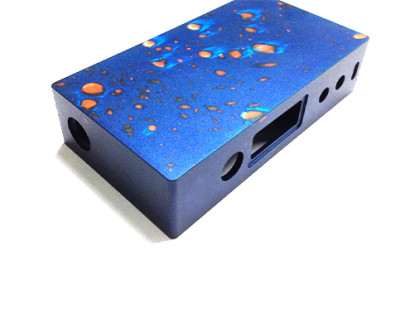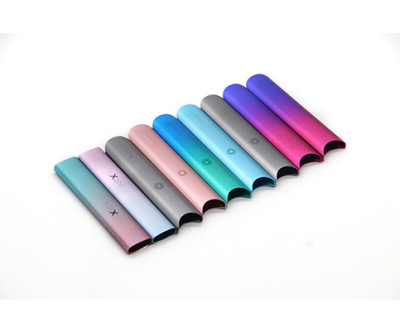Common CNCSheet Metal Processing Methods
Sheet metal processing is called sheet metal processing. Specifically, for example, using plates to make chimneys, iron barrels, oil tanks, ventilation pipes, elbows, round places, funnel shapes, etc. The main processes include cutting, bending buckle, bending, welding, riveting, etc. Some knowledge of geometry. Sheet metal parts are thin-plate hardware parts, that is, parts that can be processed by stamping, bending, stretching, etc. A general definition is a part whose thickness does not change during processing. Corresponding to castings, forgings, machined parts and so on. the
For Sheet Mrtal Fabrication, the following types of common CNC sheet metal processing methods
1. One-time stamping, that is, one-time stamping part processing including: arc distribution, grid holes, etc.
2. Continuous blanking is divided into the same direction and multi-directional. Continuous blanking in the same direction is mostly processed by the method of mold overlap. For the processing of long holes, it is especially suitable for continuous blanking with multiple spinning positions. It is more suitable to use small molds for large Hole processing.
3. For nibble processing, use circular molds and small step distances to do arc-shaped continuous punching processing.
4. One-time or continuous forming processing, single forming is sheet metal processing of shallow stretching and one-time forming according to the characteristics of the mold shell, but if the forming exceeds the specifications of the mold, continuous forming processing methods are required.
5. Array molding, this extrusion molding method is suitable for processing multiple workpieces on a large plate, and the types of workpieces can be the same or different.
The above are the common CNC processing methods in sheet metal processing, for reference only, and hope to be helpful to everyone. Our company specializes in product design and Bending Parts processing, and can provide customers with one-stop services from product design to prototype verification, mold manufacturing to small-batch production of products, with a large scale and craftsmanship to launch high-quality products for customers all over the world.


